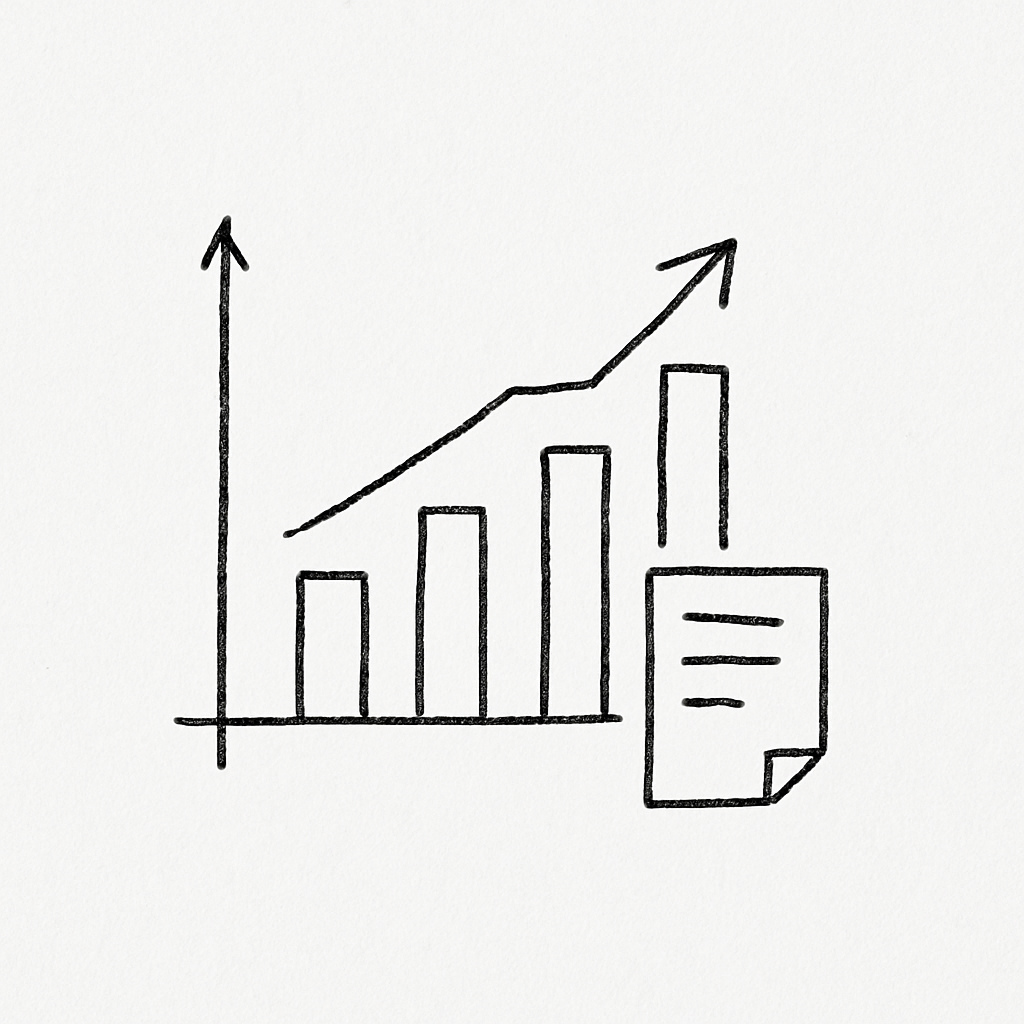In 2008, the world watched as the U.S. housing market—long considered a cornerstone of financial security—collapsed seemingly overnight. Home values plummeted, foreclosures soared. Families lost not only their homes, but their savings, their stability, their dreams.
Most people remember the financial aspect: subprime mortgages, risky lending practices, over leveraged banks. But underneath the headlines, deeper forces were also at play—forces that few had adequately modeled or even noticed.
The U.S. population was already undergoing shifts: younger generations were delaying homeownership; urban centers were drawing new residents faster than suburban developments could adapt; economic inequality was widening, creating entire swaths of “uninsurable” borrowers. Meanwhile, subtle demographic shifts—aging populations, migration trends, labor market disruptions—were altering where people wanted to live, how much they could afford, and what types of housing they needed.
In short: the risks weren’t just financial. They were demographic, behavioral, and systemic. The models didn’t see it coming, and the cracks spread faster than anyone anticipated.
The aftermath wasn’t just a financial crisis. It was a real estate crisis—one that reshaped entire communities, created lasting imbalances between housing supply and demand, and made homeownership harder for millions for years to come.
Why Real Estate Risk Is Harder Than Ever to Quantify
Today, we face a similar crossroads. Population dynamics are shifting faster than ever—driven by climate migration, remote work, generational wealth gaps, and global economic uncertainty. Preferences are evolving too: younger buyers want flexibility, sustainability, and access, not necessarily suburban sprawl. Financial risks are compounded by systemic vulnerabilities, from rising interest rates to regional disasters.
And yet, traditional risk models still largely focus on static, rear-view mirror data. But risk doesn’t live in the past. It evolves.
If we only look at today’s demographics, today’s market trends, today’s insurance claims, we miss the most important question: what happens next?
Building Better Risk Futures with Synthetic Populations
At Skymantics, we believe the future of real estate and insurance resilience lies in scenario-based modeling. That’s why we built DataGenesis.
DataGenesis creates synthetic populations — dynamic, statistically accurate, and privacy-safe — allowing insurers, underwriters, and risk managers to simulate how populations might evolve under different future conditions. Imagine being able to test:
- What happens to housing demand in a region if 10% of the population relocates due to climate events?
- How do insurance loss ratios shift if a city’s demographics age faster than expected?
- What’s the long-term impact on property values if remote work accelerates urban exodus in mid-sized cities?
With DataGenesis, these are no longer theoretical questions. We can create living, evolving data environments where you can test, challenge, and future-proof your assumptions—before those assumptions become failures.
Because real estate risk isn’t just about where we are today. It’s about where we’re going. And if history has taught us anything, it’s that we can’t afford to be blind again.
About Skymantics
Skymantics is an innovative professional and technical services firm delivering custom solutions to support customers’ needs while supporting interoperability and standards. The company incorporates emerging technologies and agile methodologies in a rapid-prototyping approach to support domains in aviation, geospatial intelligence, and Internet of Things. Skymantics is a minority-owned and SBA 8(a) certified small business with over 8 years of experience providing innovative solutions to federal agencies.
Would you like to learn more?
Feel free to Contact Us, we’ll be happy to help!



